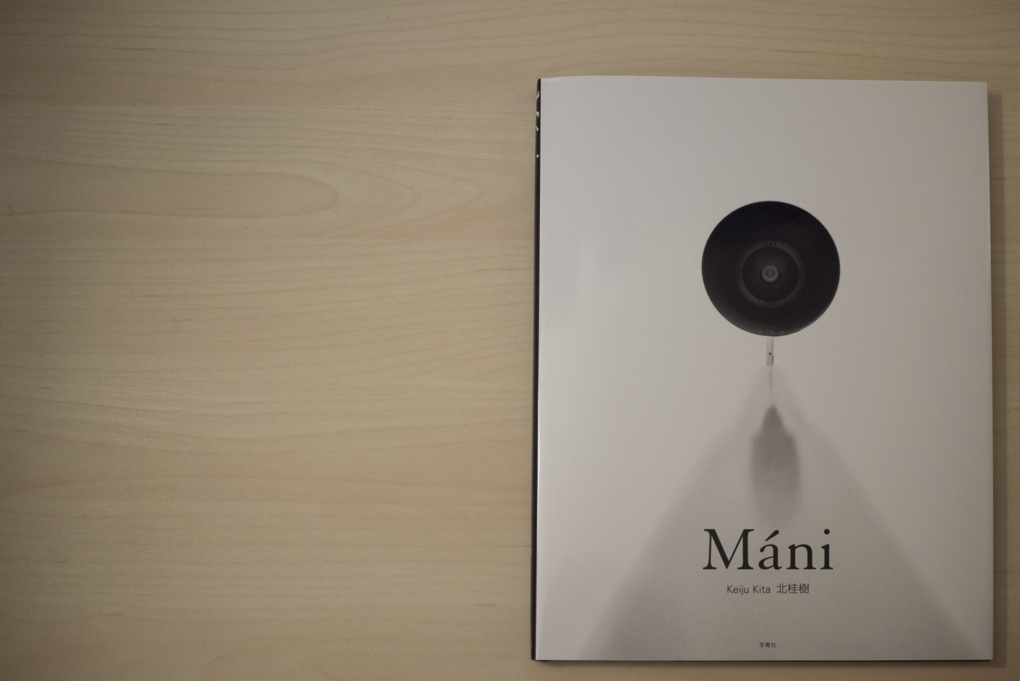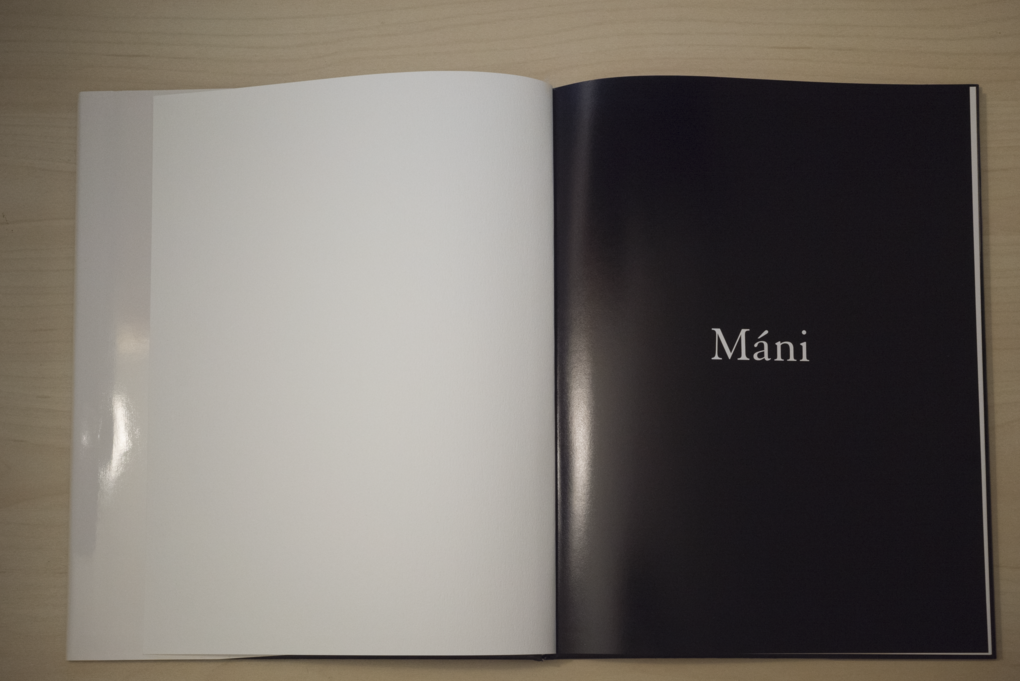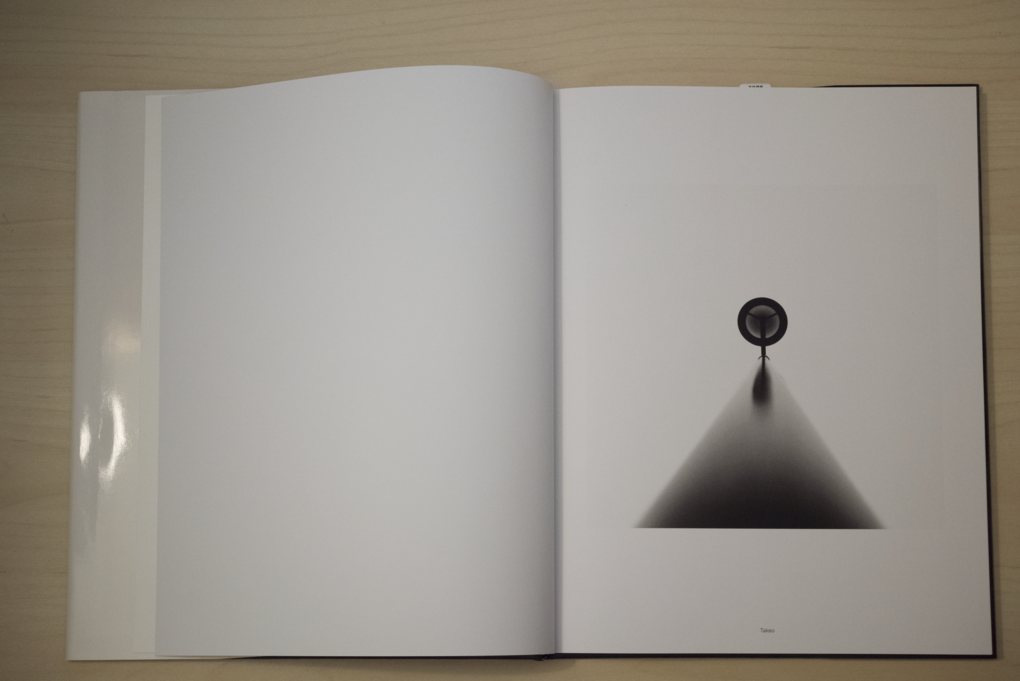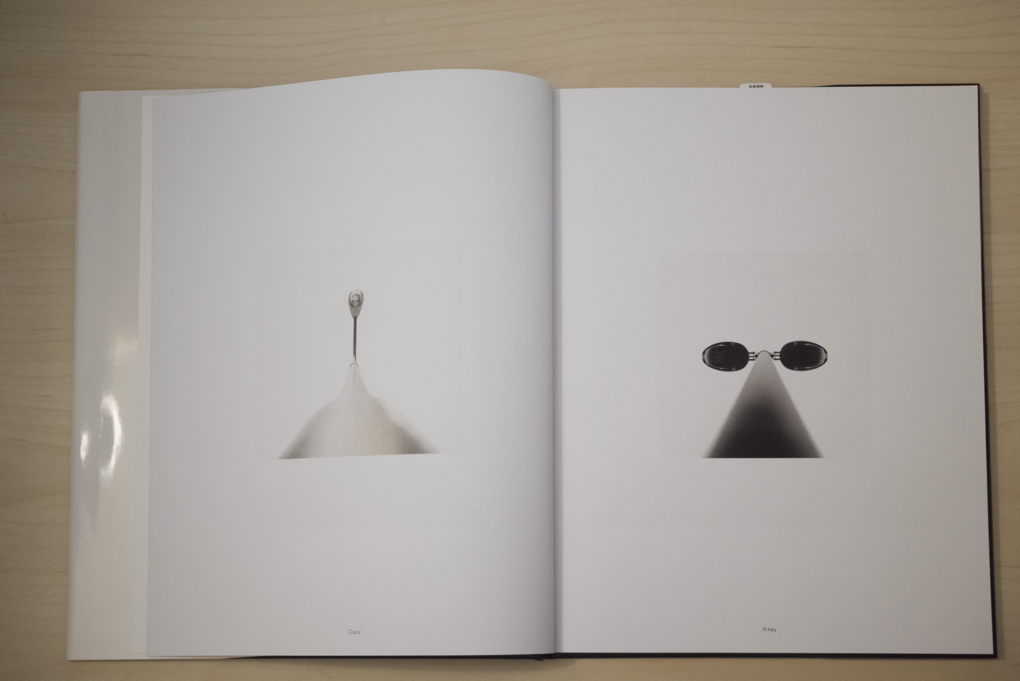BOOK
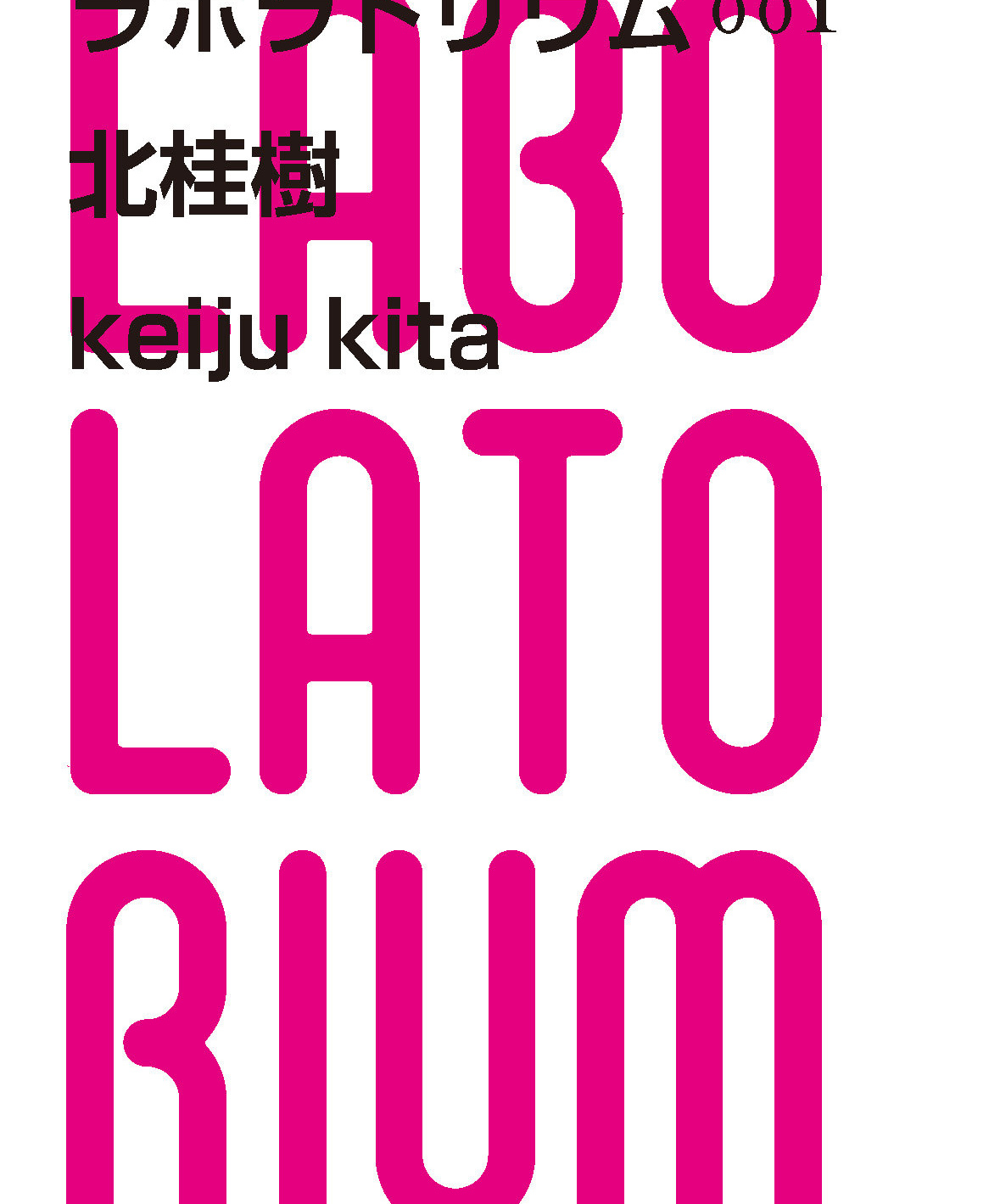
LABOLATORIUM 001
北桂樹 keiju kita
Thinking about the Photography of Contemporary Art Focused on Thomas Ruff
Through a study of the artist Thomas Ruff, one of the most representative contemporary photographers, this book shows how "photography as a contemporary art" developed from the traditional photographic expression, how it deviated from it to establish itself in the contemporary art scene, and how it created value, as well as the comparison with conventional photographic expression and Our aim is to redefine photographic expression in contemporary art and to clarify the "universe of photography" and the horizon of the future of the medium of "photography as a contemporary art" by exploring the essence of its artistic value through an examination of its relationship with contemporary art.
Considering the essence of artistic value in contemporary art, Marcel Duchamp, Andy Warhol, and others have shown that "it is not the visual or material value of the thing itself". Artistic value can be thought of as a meaning, a material meaning that we infer and grasp, conveyed by a material "thing" (or, in some cases, by a material means of transmission). This "meaning" may also refer to the "magical power" of the "traditional image" that Vilém Flusser presented in his "For the Philosophy of Photography" (In the Philosophy of Photography), and this is the core of our discussion in this paper. Magical power is the traditional image's ability to mediate between the world and humans in a world where everything participates in a context full of meaning. In other words, I think of it as a meaning that is acquired by interpreting the information that the viewer obtains from the "medium" of the "traditional image", a material thing.
A "photograph" is an image that is created using a "device" invented after the invention of text. Vilém Flusser called it a "techno-image". The apparatus that produces the techno-image is a text of applied science and is historically different from the traditional image. The apparatus that produces a techno-image, whether analogue or digital, encodes (technically transforms) an existing form of input by a complex of apparatus/functionalists and outputs the result as new information.
That means
"Photography is the technical transformation of an input (reference) into an output (object), and photography is the two-dimensional reproduction of the resulting object, the photographic object." is redefined.
This is the conceptual core essence of "photography," an idea that overcomes traditional counterparts in the traditional conception of "photography," such as the difference between analog and digital processes. It also extends the realm of the "photographic medium". This is not based on the theories nurtured by traditional photography since its invention, but on the practices of Marcel Duchamp and Andy Warhol that question the artistic value of the medium, and on Sol LeWitt's focus on "an aesthetic experience that transcends the visual complexity of artistic skill. It is the achievement of the practice of "developing the art of the device/functionalist". The "device/functionalist" complex separates the "idea" of the artist-photographer from the "realization/enactment" of the work, reducing the aesthetic value of art to a process of transformation. In this book, I will illustrate this by examining the work of Thomas Ruf, an artist who responded to the conceptual core of the "photographic medium" early on, and who has shaped his career in parallel with the "photographic medium" and its changing fields. Photography has come to occupy an important place in the art world. More and more artists and works of art are emerging that transcend genres. However, these trends have been extended not simply by the prolongation of traditional conceptions of photography or the transcendence of conventional genres of art, but by artists like Thomas Rufe, for example, who have thoroughly questioned the boundaries and aesthetic models of the past with regard to the medium of "photography. It is the result. The conclusion is that the essential concept of "photography" is a technological transformation from input (reference) to output (object), and this is the result of the artist and his work reaching this conclusion. In other words, the newly redefined concept of photography points to the horizon of the "universe of photography" and the possibilities of the photographic medium, "the universe of photography," which "photographs as contemporary art" presents.
【PDF Download】◆"LABOLATORIUM 001"
------------------------------------¥0-
LABOLATORIUM2020_kita.pdf
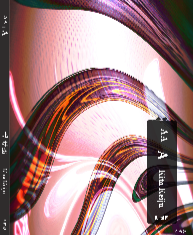
AA+A
---Keiju Kita 2nd Photo book
My work was made from two or three AA images from different countries.
These countries have different language, culture, back ground.
So it has different design, text of different languages that depends on each culture on the surface.
But AA is AA in the world.
I began to feel that the essence of our own existence was present in the images.
I think we are just same as AA. We are all “equally human”.
The present world situation is unstable, and the future is uncertain, because of the conflicts which arise from social differences.
But AA+A said "Differences are OK. No problem."
【For Japan Domestic】◆"AA+A" (Free shipping) ※PAYPAL
------------------------------------¥4000- with TAX
【For Shipping Oversea】◆"AA+A" ※PAYPAL
--------------------$49.0- ※Fee including postage
※PAYPAL or credit from "Create an Account"
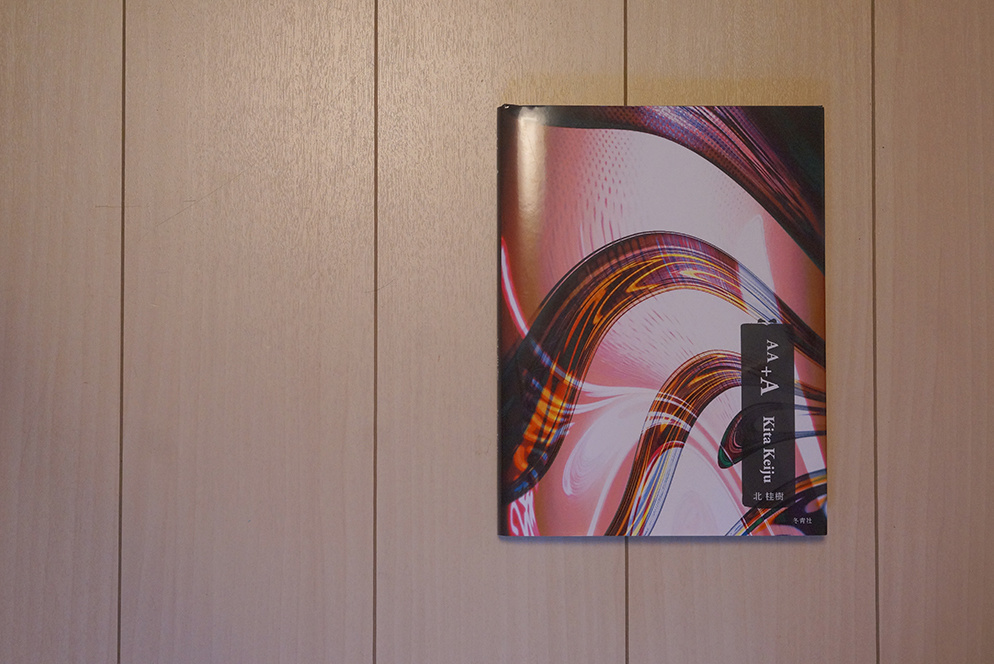
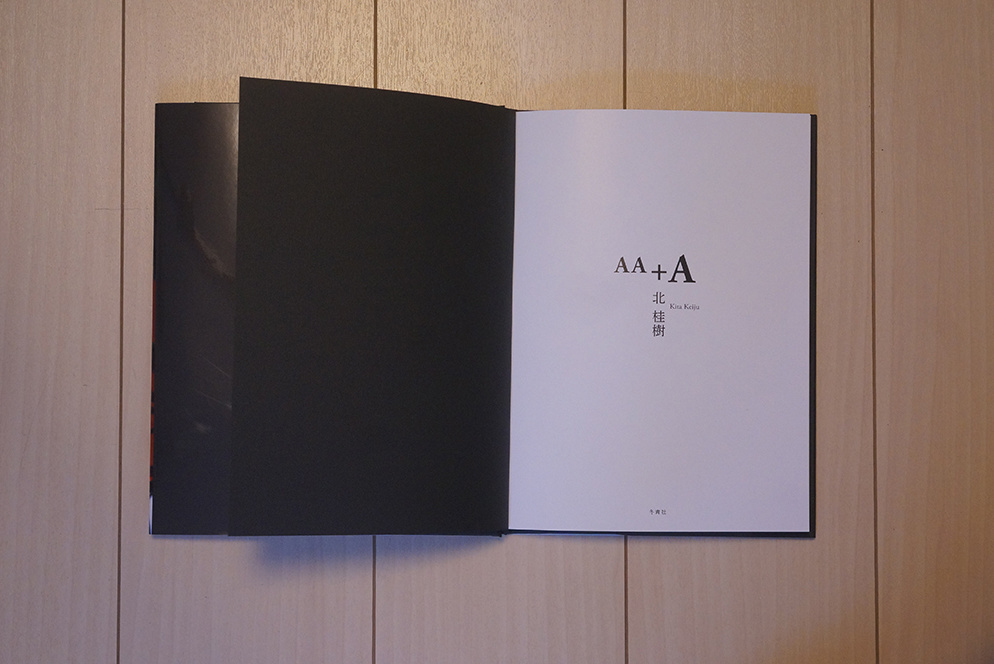
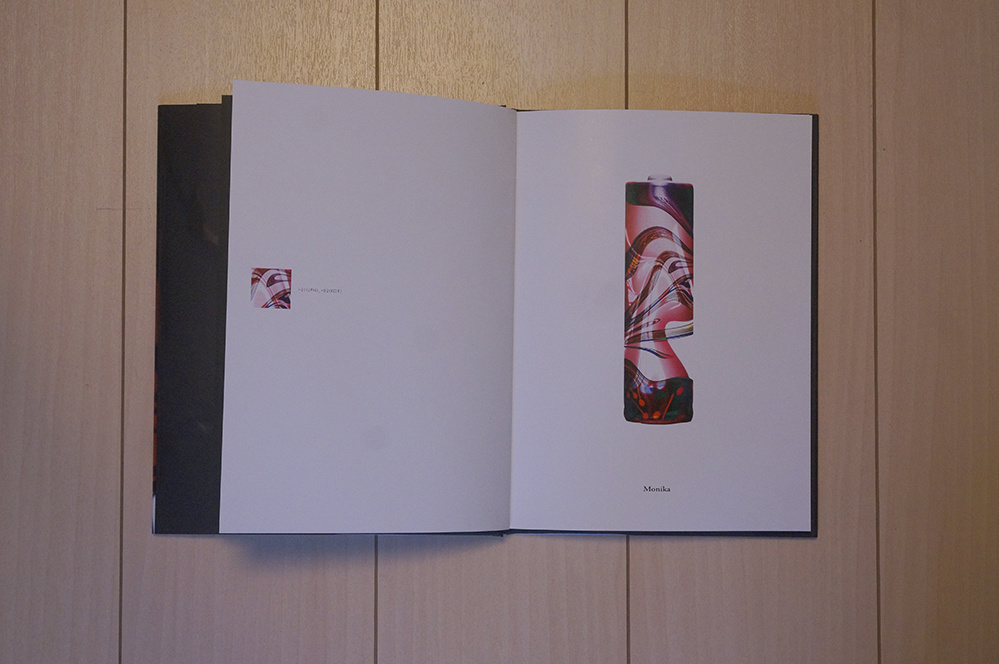
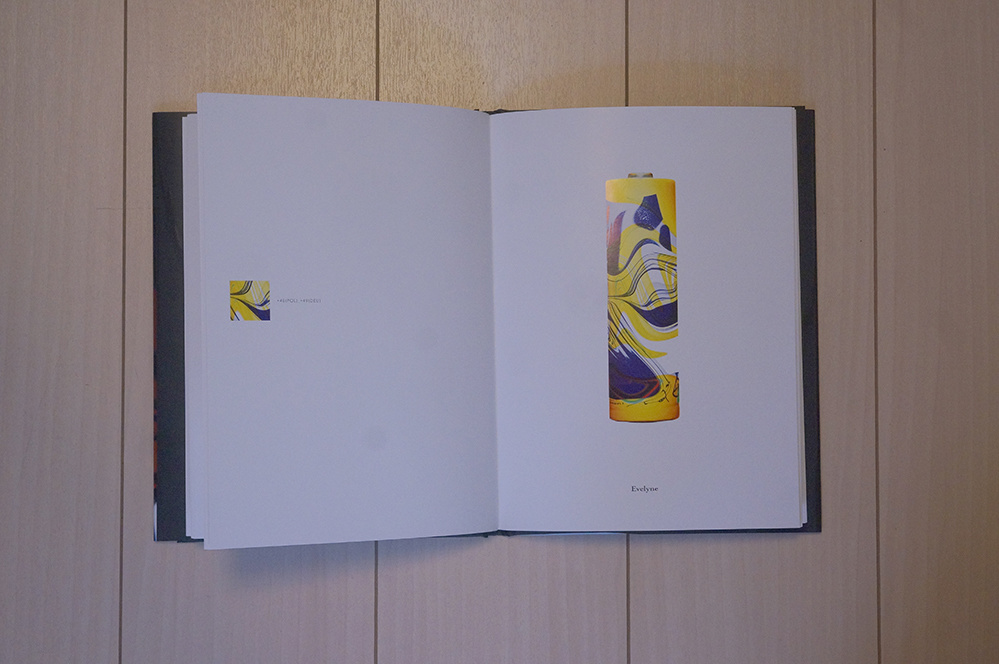
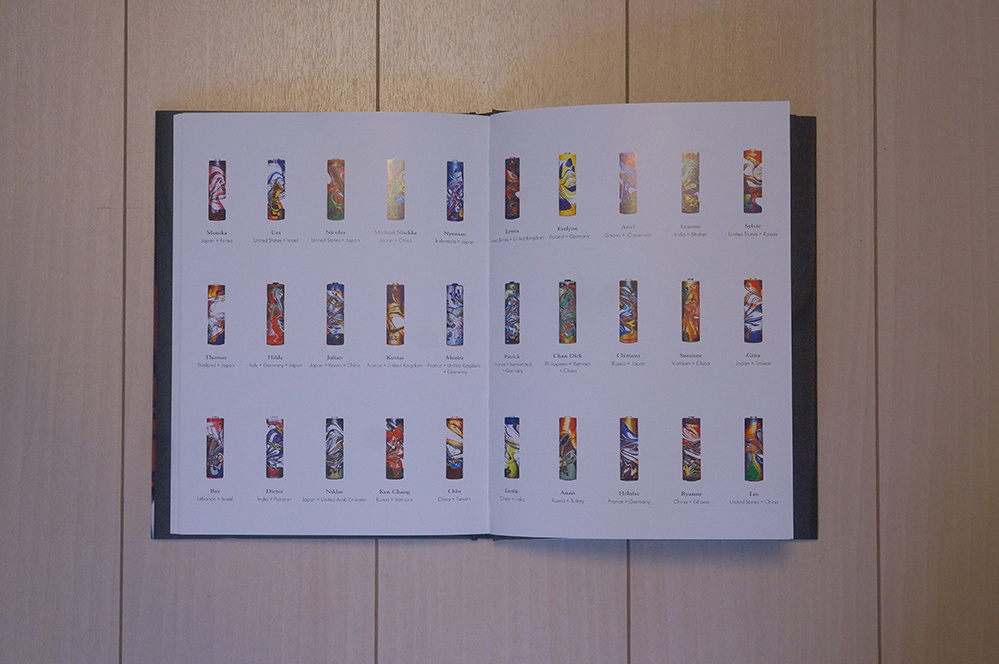
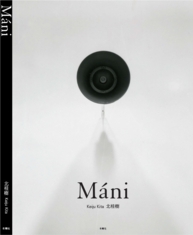
Máni
---Keiju Kita 1st Photo book
It was at a scheduled blackout right after the 3/11 disaster that I became interested in streetlamps, a motif in my work.
Looking up at the streetlamps that stood in town with no light on, I was impressed by their unique figures,
which looked as if they were death masks of the electric light, an impression I could not avoid.
After that, irresistibly drawn to this motif of the streetlamps, I found myself single-mindedly taking their photographs as a portrait, overlapping those streetlamps with the people who had influenced me as a persona in my life̶my family and friends, people I got help from, and people I once gave my heart to.
When I think back on it now, it may have been that I was thinking about what losing the people who were precious to us really meant.
* Máni is the god of the moon in Norse mythology.
【For Japan Domestic】◆"Máni" (Free shipping)
------------------------------------¥3500- with TAX
【For Shipping Oversea】◆"Máni"
--------------------$49.0- ※Fee including postage
※PAYPAL or credit from "Create an Account"
